15 Herbs To Lower Blood Pressure
High blood pressure, a prevalent health issue globally, can be attributed to the rise in sedentary lifestyles and obesity. To combat this, adopting lifestyle changes and managing diet are essential steps. Furthermore, incorporating certain herbs into one’s regimen can also be beneficial. However, it is crucial to exercise caution when using these herbs, as some may have unintended consequences when consumed in excess.
A doctor’s consultation is therefore recommended before utilizing the herbs listed below.
Basil
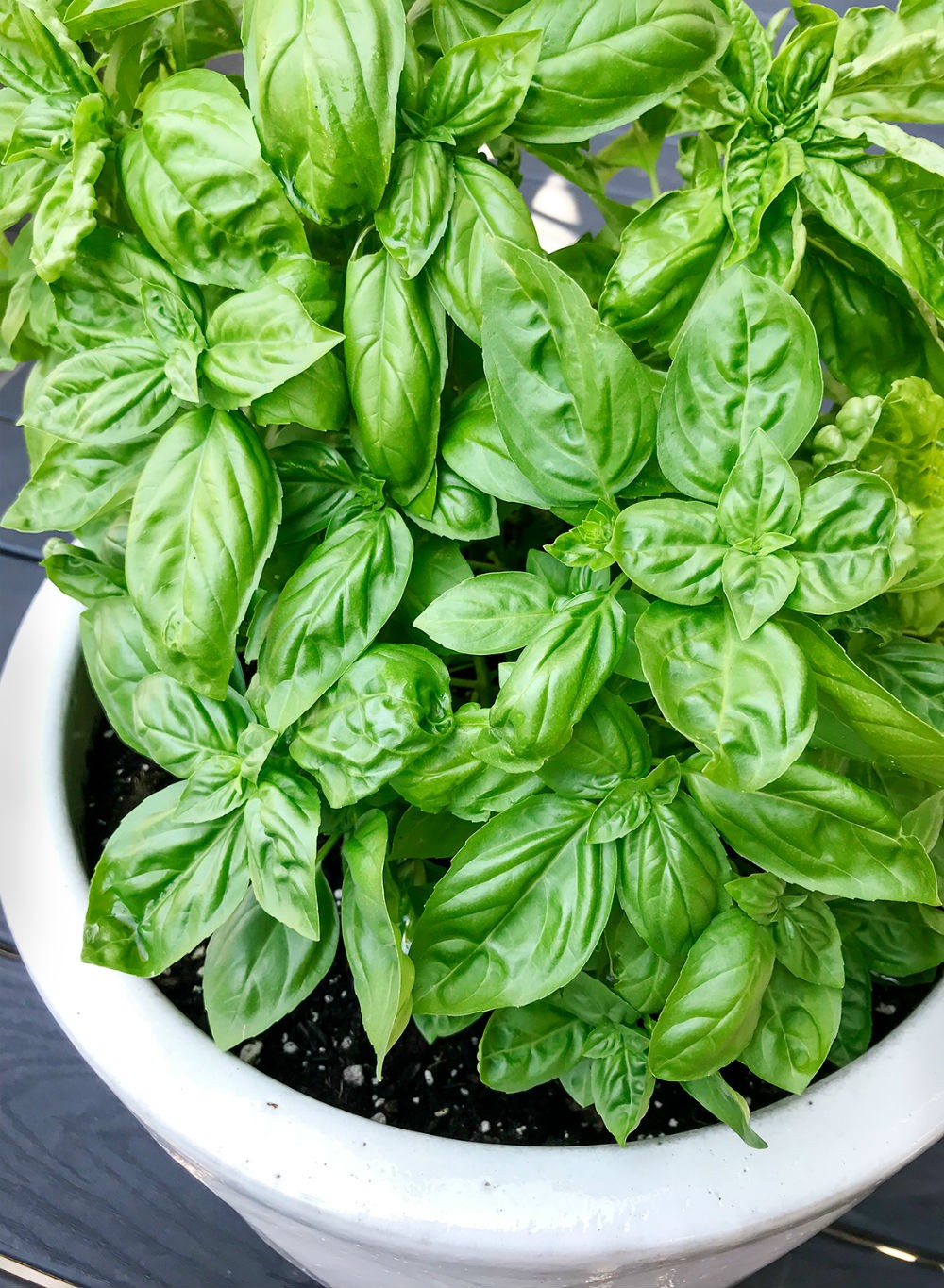
Basil’s versatility in the kitchen is matched only by its impressive list of health benefits. One notable advantage it offers is a temporary reduction in blood pressure. Research on rodents has demonstrated that basil extract can achieve this effect, with eugenol as the key player. This chemical works by blocking the substances responsible for constricting blood vessels, thereby lowering blood pressure. With such findings, incorporating basil into your diet becomes an attractive option.
Black Cumin Seeds
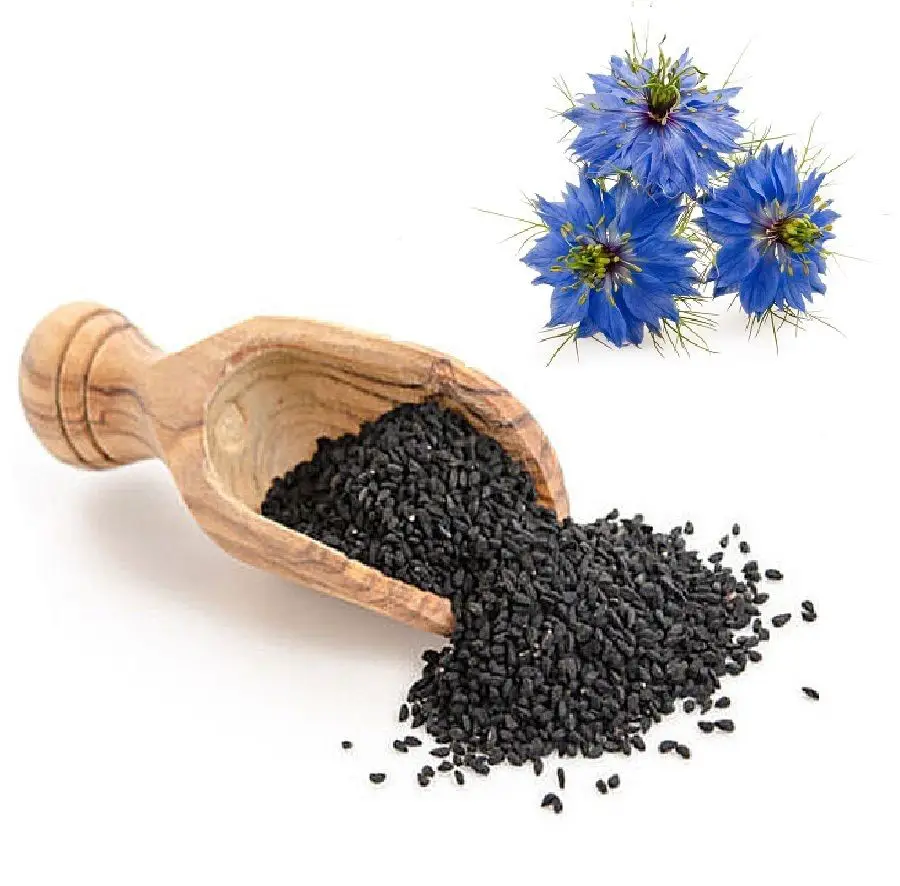
Black cumin seeds, obtained from Nigella sativa plants, have a long history as a spice, but they also possess numerous medicinal properties that have been explored through scientific research. One area where these seeds may offer significant benefits is in the treatment of mild hypertension. Studies suggest that extracts of black cumin seeds can help regulate blood pressure and even reduce LDL cholesterol levels, which has positive implications for cardiovascular health.
For those looking to incorporate these seeds into their diet, oil extracted from black cumin seeds is a convenient and palatable option.
Buchu
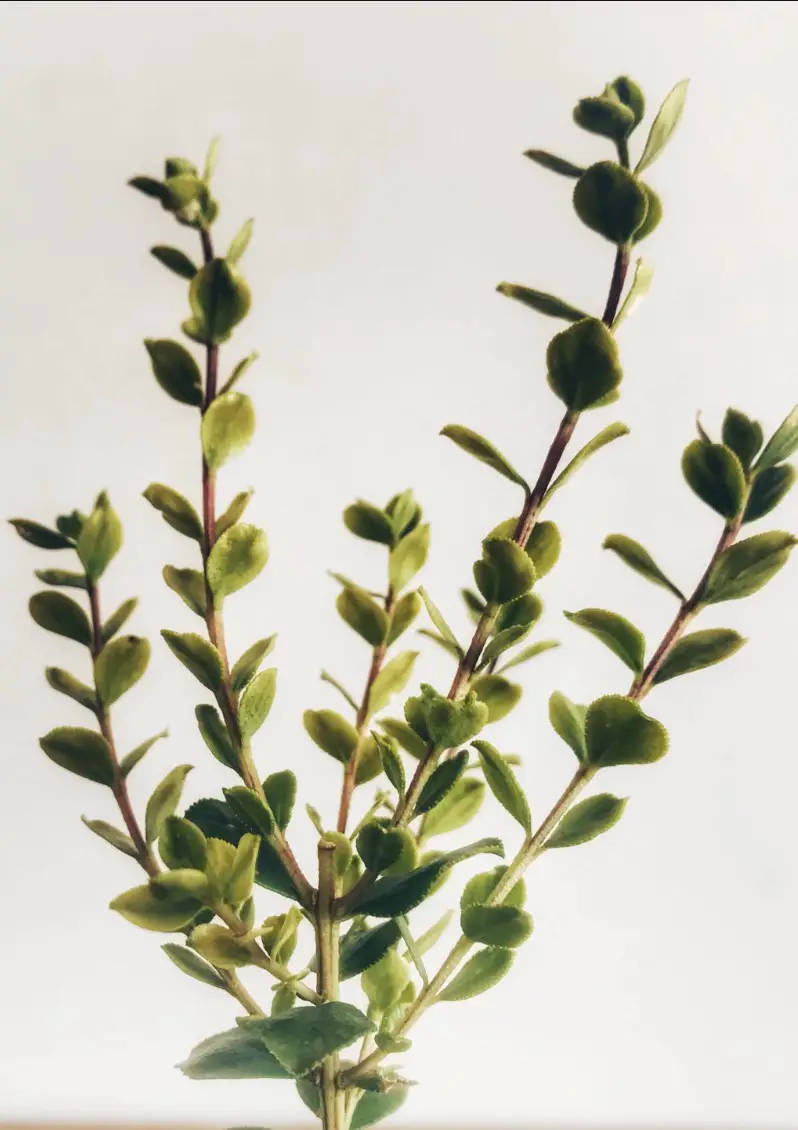
Native to South America, Buchu is a medicinal plant that has garnered scientific attention for its efficacy in reducing blood pressure. Its natural anti-inflammatory and diuretic properties render it an effective treatment option for managing high blood pressure. Nevertheless, it’s crucial to maintain adequate potassium levels when consuming Buchu, as contraindications do exist. As such, consulting with a medical professional prior to consumption is highly recommended.
Interestingly, Buchu can be found in supplement form or enjoyed as a soothing tea.
Cardamom
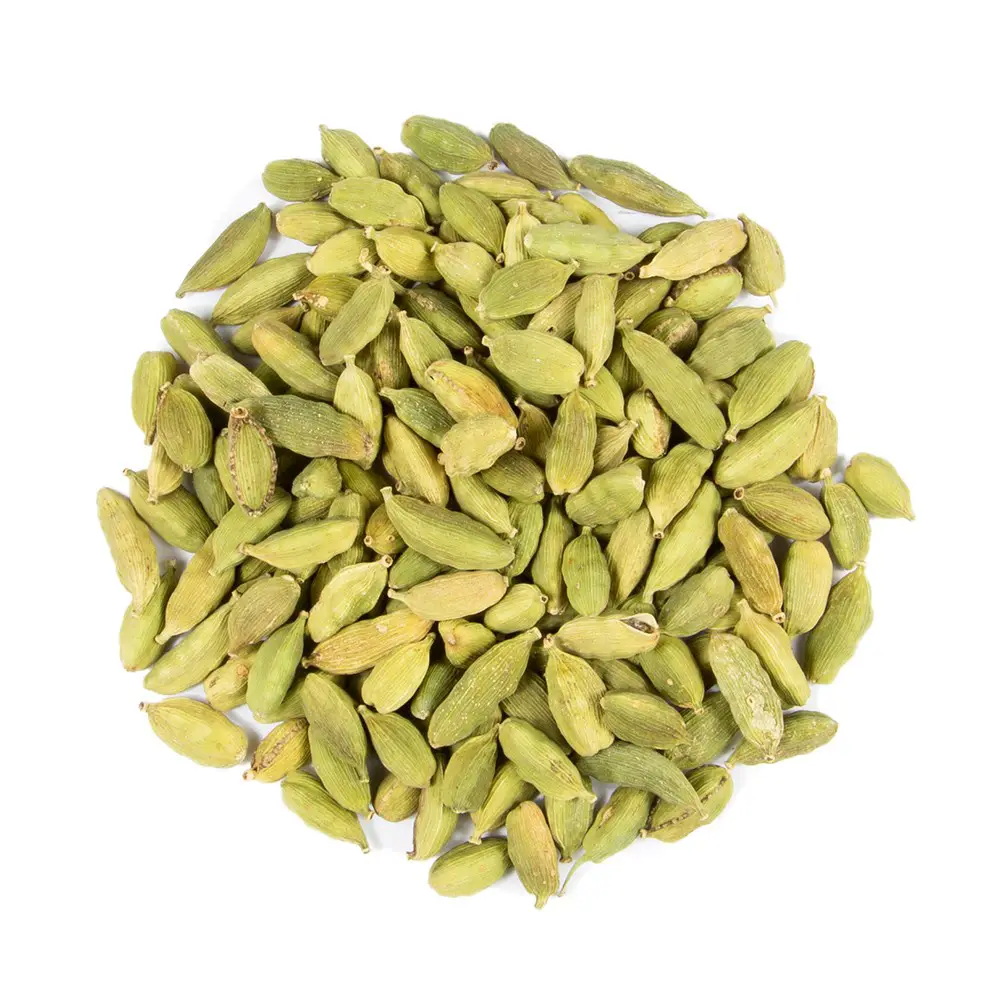
In Indian cuisine, Cardamom has long been a prized spice, not only for its rich flavor but also for its impressive array of health benefits. This versatile seasoning has been linked to numerous advantages, particularly for individuals struggling with hypertension. Research has demonstrated that regular consumption of cardamom can lead to a substantial decrease in blood pressure levels, ultimately contributing to enhanced cardiovascular well-being.
While cardamom is commonly consumed as a powder, its unique flavor profile makes it an ideal addition to a wide range of dishes, from coffee and tea to other culinary creations.
Cat’s Claw

With its roots tracing back to South America, Cat’s Claw has been a staple in traditional medicine for centuries. Its impressive list of health benefits has earned it recognition worldwide, particularly in the treatment of hypertension. By targeting calcium channels within the body, this natural herb helps regulate blood pressure and maintain optimal water balance – two crucial factors in reducing the risk of high blood pressure.
The scientific community has validated its efficacy through studies conducted on rodents. In addition to being consumed as a soothing tea, Cat’s Claw is also available in supplement form for those seeking an easy and convenient way to harness its therapeutic properties.
Celery Seed
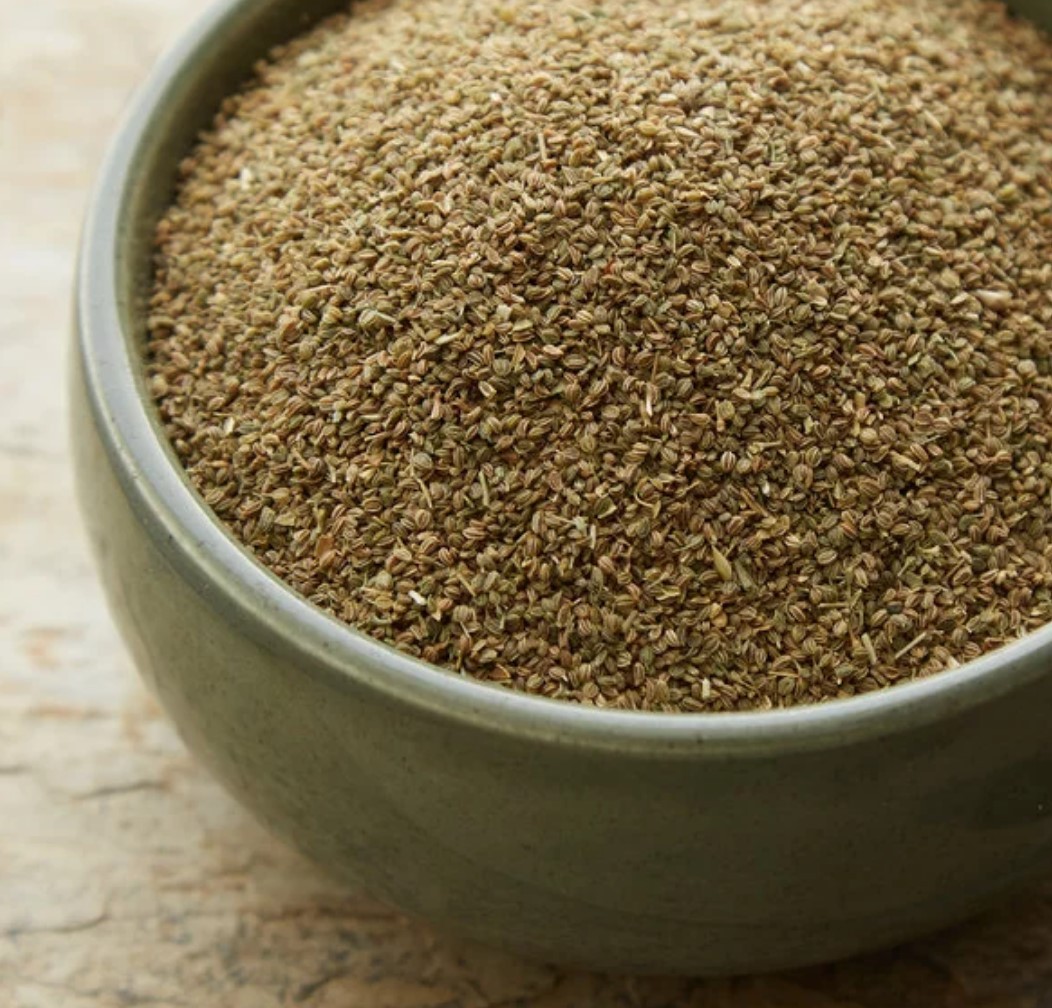
In culinary applications, these seeds are often employed to add depth and warmth to savory dishes like stews or soups. Furthermore, Chinese traditional medicine has long valued celery for its potential therapeutic benefits, particularly in treating high blood pressure. While studies on rodents have yielded promising results, it’s essential to note that human trials have yet to be conducted.
Nonetheless, the diuretic properties of celery extracts do suggest a possible link between the herb and hypertension relief.
French Lavender

Lavender’s tranquil aroma is renowned for its calming effects, able to induce a state of relaxation by releasing soothing scents into the air. Additionally, its properties allow it to expand blood vessels and subsequently lower blood pressure. This herbaceous wonder has various applications in everyday life. One popular way to consume lavender is through tea, while food enthusiasts can incorporate lavender extracts into their baked goods.
For those seeking a more tactile experience, lavender oil is often used for massages. With such versatility, it’s no surprise that this fragrance is a crowd-pleaser.
Flax Seed
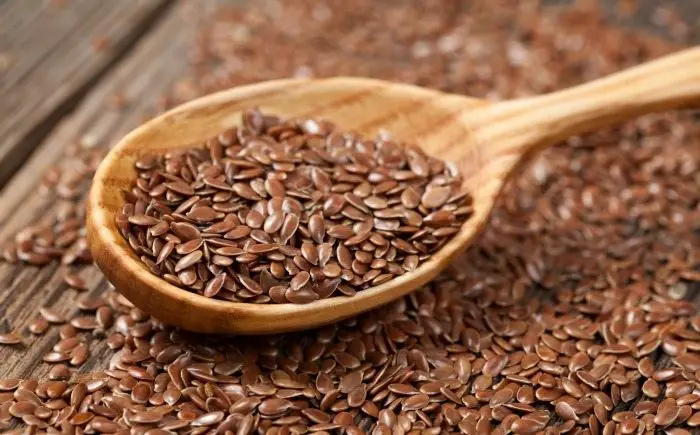
The health benefits of flaxseed are particularly pronounced when it comes to cardiovascular well-being. As a rich source of omega-3 fatty acids, it has been shown through studies that this superfood can help regulate blood pressure by reducing cholesterol levels and improving glucose tolerance. Additionally, its antioxidant properties further bolster its potential to support overall health.
While flaxseed can be consumed in various forms, research suggests that whole or ground seeds are the most effective ways to reap its benefits. This versatility allows for easy incorporation into a wide variety of dishes, making it an accessible addition to any diet.
Garlic
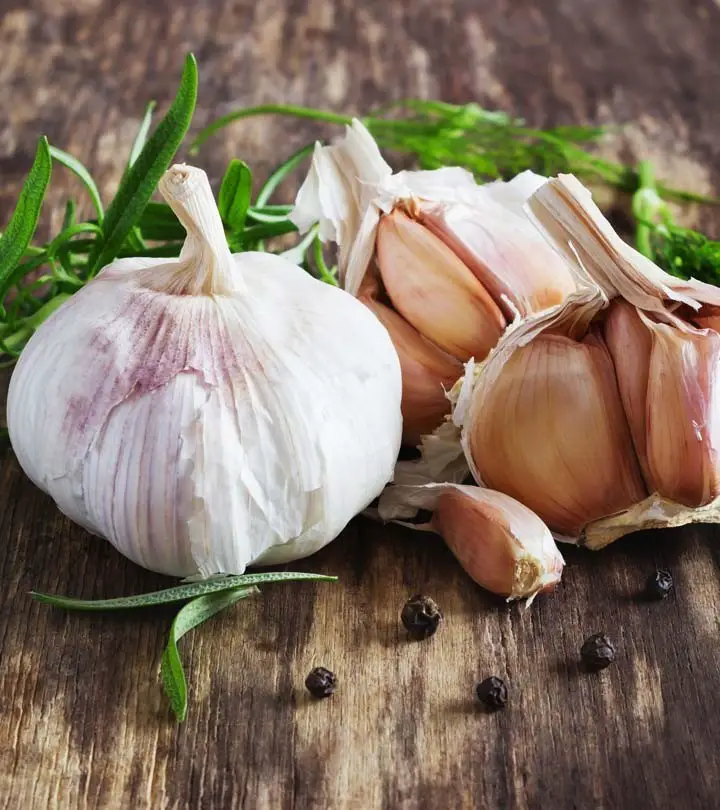
Garlic’s medicinal properties have been well-documented, with its ability to boost nitric oxide levels in the body playing a key role. This relaxation of blood vessels has a direct impact on blood pressure, causing it to decrease. Additionally, garlic has been shown to lower cholesterol levels, further contributing to improved cardiac health and overall circulation. One of the benefits of garlic is its ease of incorporation into a variety of dishes, making it an accessible addition to any meal.
Ginger
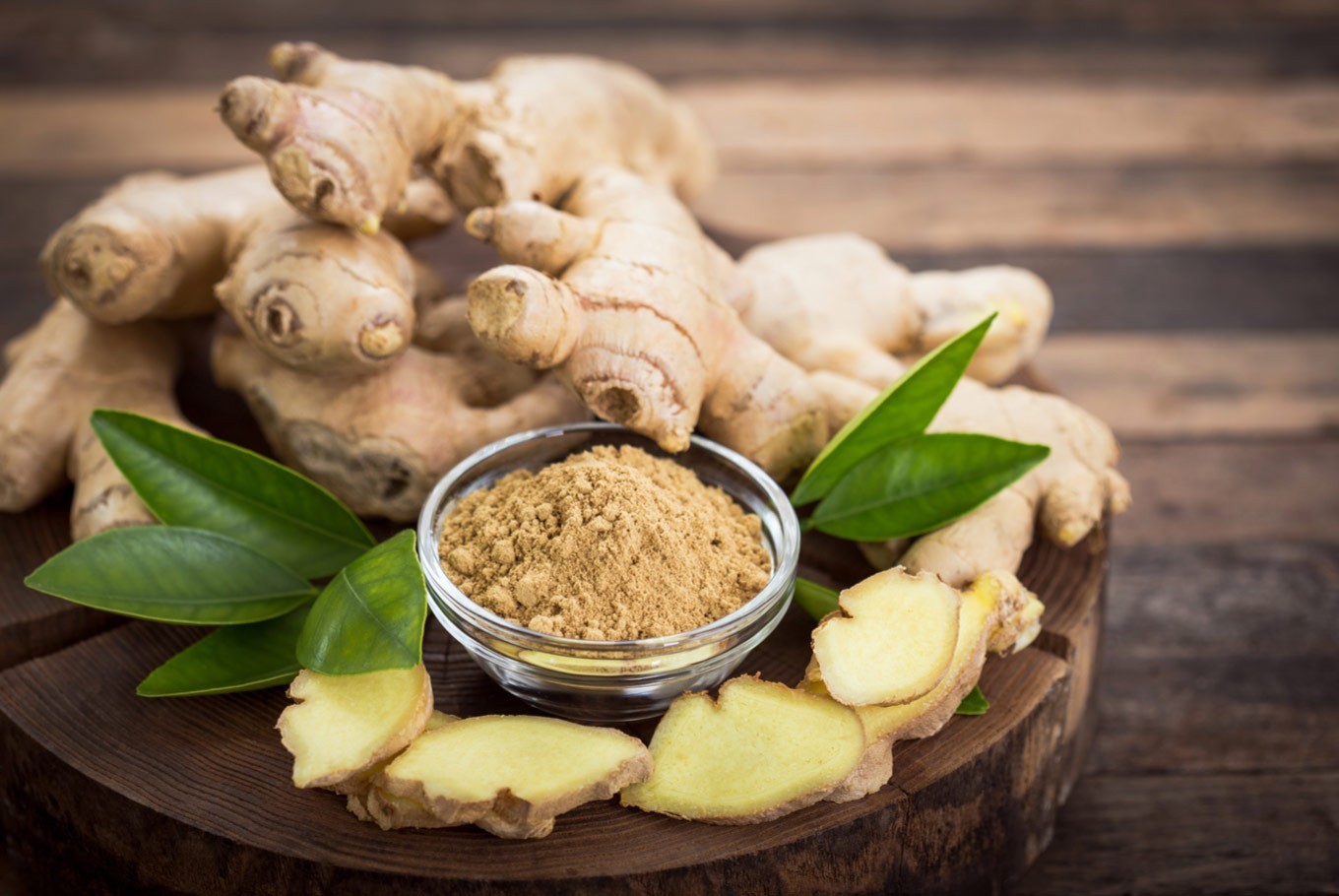
Ginger’s impressive repertoire of health benefits doesn’t stop at reducing blood pressure. Research has shown that the spice improves blood circulation by relaxing the muscles surrounding blood vessels, effectively decreasing blood pressure levels. This is just one more reason to incorporate ginger into your diet. Its versatility makes it easy to add to a variety of dishes, from beverages and soups to other meals, allowing for effortless incorporation.
Green Tea
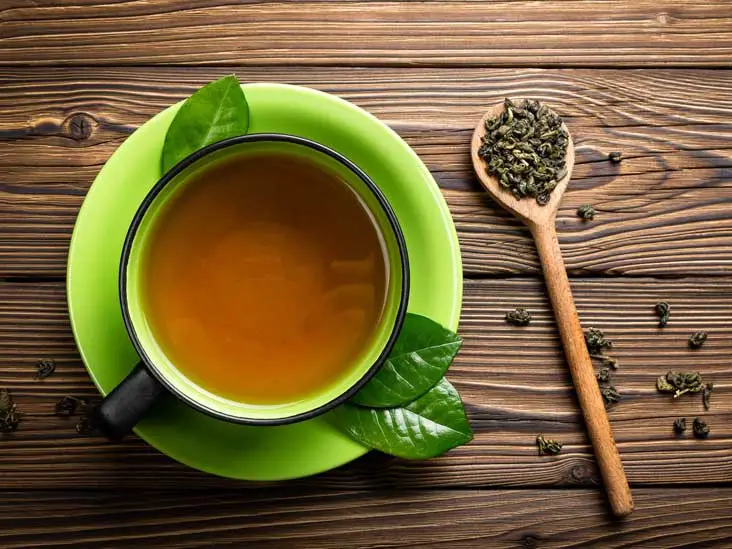
Green tea’s impressive antioxidant profile yields numerous advantages. One significant benefit is its ability to help regulate high blood pressure. Given its potency, regular consumption is advised to reap these benefits.
Hawthorn
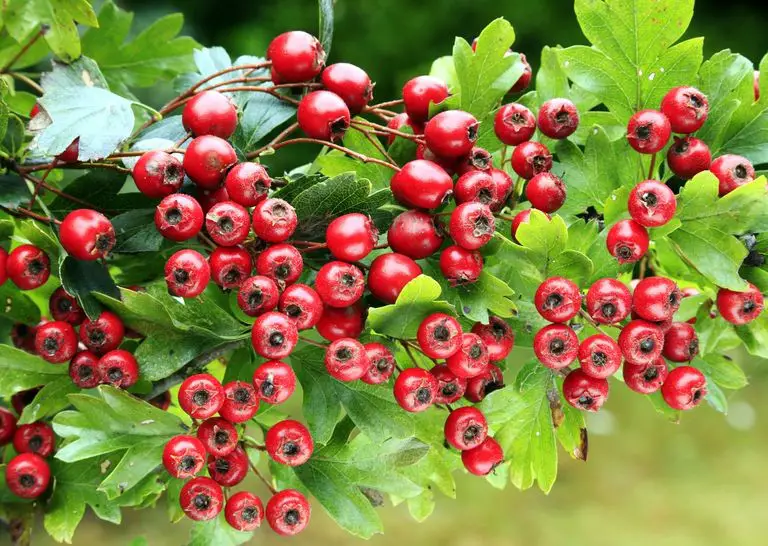
In traditional Chinese medicine, hawthorn has long been employed to treat high blood pressure, with numerous studies verifying its cardiovascular benefits. The flavonoid content within this herb plays a significant role in achieving these advantages.
By reducing arterial blood pressure and controlling glucose metabolism, while simultaneously enhancing capillary activity, hawthorn can positively impact overall cardiovascular health.
Additionally, it has been shown to widen blood vessels, further contributing to lower blood pressure levels.
While hawthorn tea is a common consumption method, supplements are also available for those looking to incorporate its benefits into their daily routine.
Hibiscus
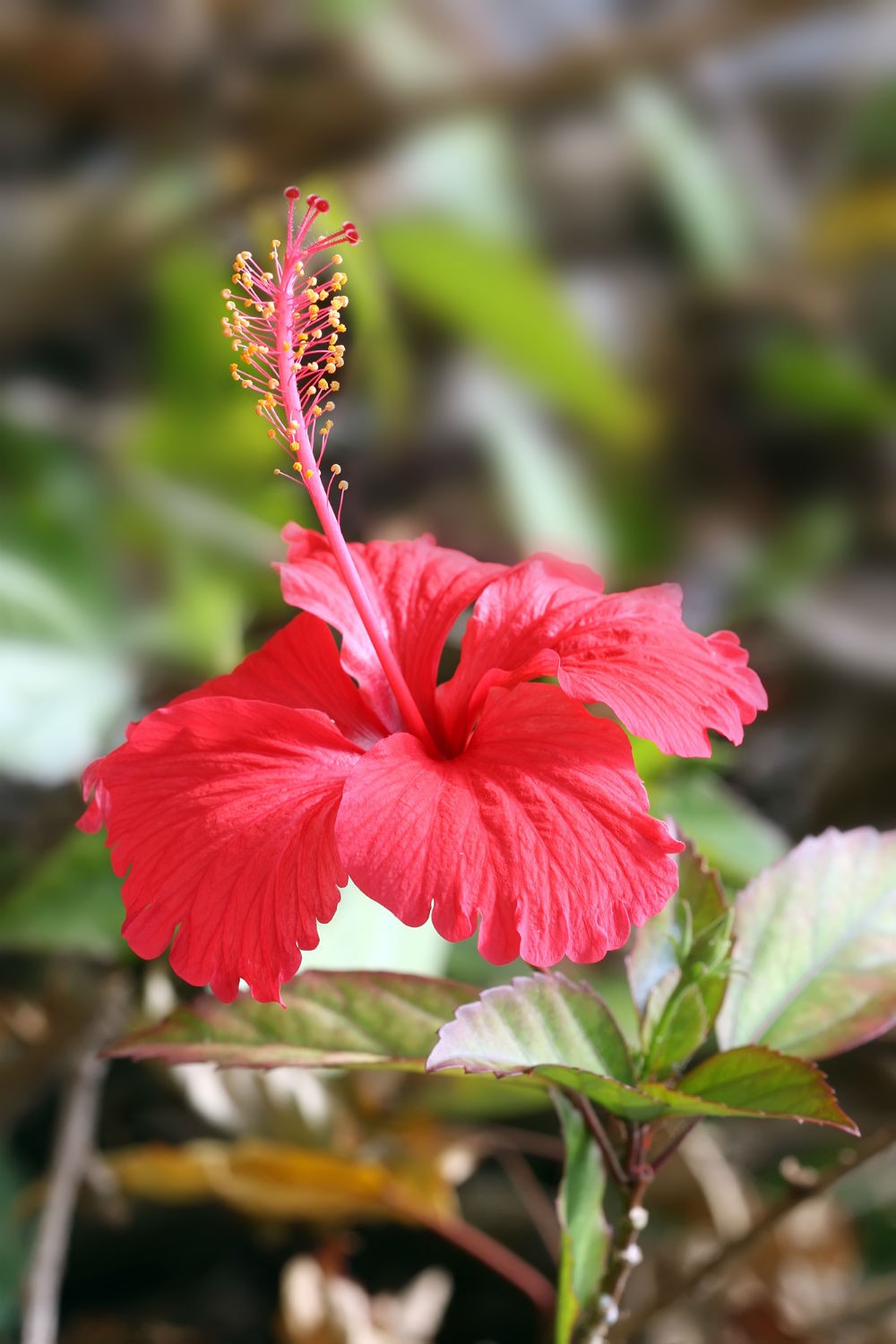
In addition to its numerous culinary applications, hibiscus is also valued for its medicinal properties. Research has demonstrated that this versatile herb possesses diuretic qualities, making it an effective tool in managing blood pressure. Specifically, hibiscus has been shown to facilitate the elimination of excess sodium from the bloodstream, ultimately leading to a reduction in blood pressure readings.
For those looking to harness the health benefits of hibiscus, it can be easily consumed as a soothing tea, providing a calming and flavorful way to promote overall well-being.
Turmeric
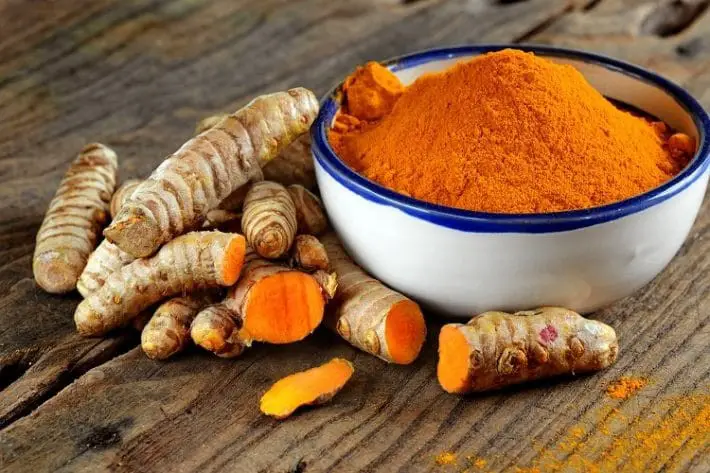
Turmeric, a staple in many cuisines around the world, boasts an impressive array of health benefits. Its high concentration of curcumin is particularly noteworthy, as this compound has been shown to have a profound impact on vascular health by relaxing muscles and promoting heart well-being. One of its greatest advantages lies in its versatility – it can be seamlessly incorporated into a wide variety of dishes, allowing for endless culinary possibilities.
Yarrow
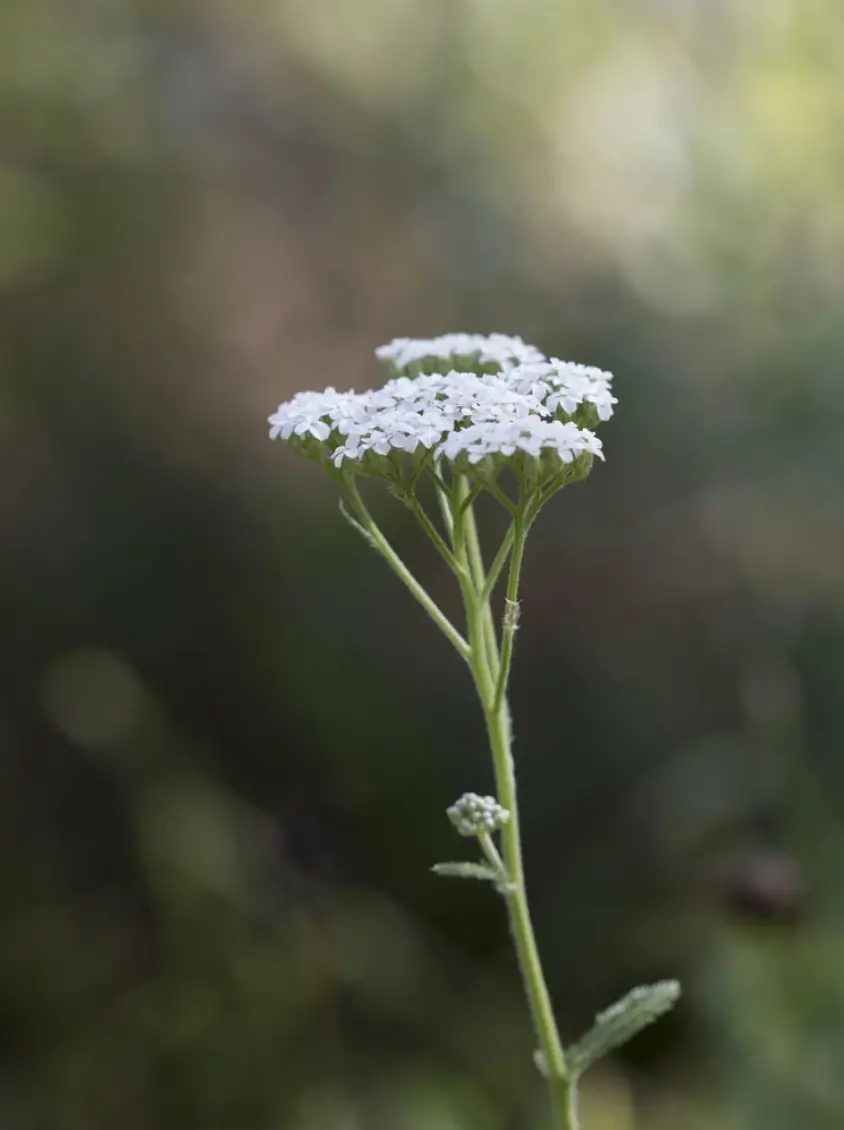
Yarrow’s impressive health benefits are well-documented, particularly in terms of wound healing and blood pressure regulation. The herb contains compounds that exhibit vasodilatory properties, causing blood vessels to relax and subsequently reducing blood pressure. While yarrow is often available as a supplement for consumption, it can also be cultivated at home with minimal effort.
In fact, growing your own herbs is a straightforward process that requires little more than good potting soil and the herbs themselves. Once you’ve got your setup in place, harvesting and consuming yarrow becomes a breeze.
Related Posts
If you’re new to the world of indoor herb gardening, there’s no better place to start than with a low-maintenance yet versatile herb like rosemary. Not only does it thrive indoors, but its piney flavor and aroma make it a perfect addition to many recipes. For those looking to take their herb game to the next level, understanding how to grow rosemary is key. But before we dive into the nitty-gritty of cultivating this fragrant plant, let’s cover some basics.
Are you considering starting an indoor herb garden? Look no further than our comprehensive guide covering everything from initial setup to ongoing care. And if you’re already a seasoned gardener, why not expand your repertoire with some new and exciting herbs like agastache hummingbird mint? For those looking for inspiration, we’ve curated a selection of articles featuring a variety of herbs, including different types of cilantro, oregano, and medicinal herbs.
With so many options to explore, the possibilities are endless!






